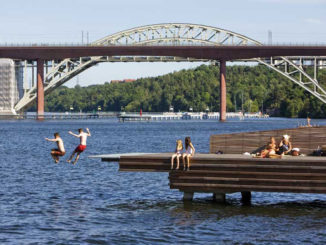Over the past year families have rediscovered their yards using them for play, relaxation, urban farm, office, nature reserve, classroom, dining room, kitchen, entertaining space. More families realising the potential of this sometimes neglected area mostly as houses have grown in size over the past few decades.
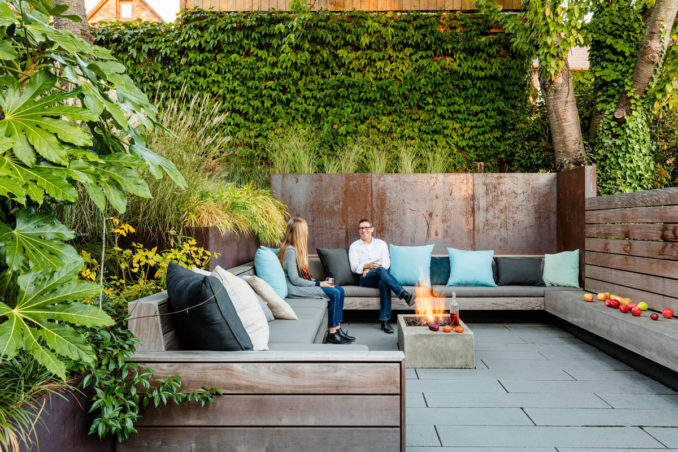
Image Credit: Miranda Estes
Residential yards are vital as they represent part of the green infrastructure of cities. In some cities, private yards can be as much as 87% of the city’s green space [1]. These private spaces act as carbon sinks, water retention basins, porous surfaces, green infrastructure and much more. One of the most significant benefits of private yards is the psychological impact on the residents and neighbours. Yards allow people to undertake active and passive activities, including sports games, informal and formal play, urban farming, entertaining and much more.
Yards can be biodiverse landscapes that provide habit for local fauna and conserve species that may otherwise over time disappear. By planting species that encourage bees, butterflies, moths, birds, invertebrates, residents can help increase their yards’ biodiversity and improve the local landscape.
We can use many ideas to encourage people to rediscover their yards and transform them from neglected space to educational and inspiring oasis. The following are some ideas for transforming yards:
For Kids
Play Spaces
The simple playset or trampoline is being replaced in the yard by nature play and adventure play that can include:
- Log steppers at different heights through a garden bed
- Natural/Recycled timber playset made from recycled logs
- Dry river bed using a recycled drum or tank with a tap to let the water flow
- Dry branches to make tepees, tents, forts
- Sandpit (with cover)
- Mud/dirt Patch
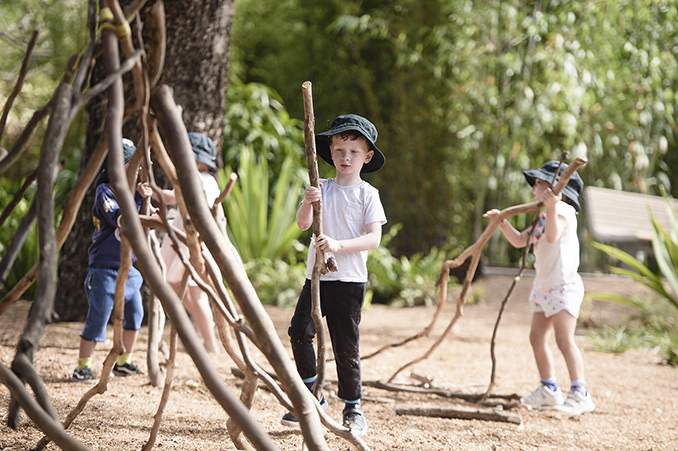
Image Credit: Centennial Parklands
Nature, Education and Farm
- Vegetable Patch and Chicken house (coop)
- Blackboard/Art wall
- Compost heap or barrel
- Temporary Stage
- Rock Garden
- Bird feeder/Bird house
- Butterfly gardens
- Indigenous garden
- Outdoor classroom
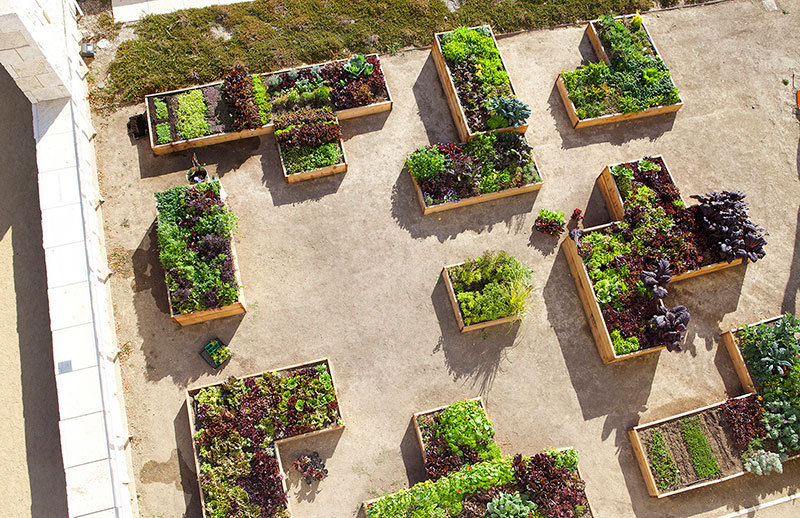
For Adults
Multi-function spaces
- Lawns are the cheapest multi-function space but only good for the odd dinner or function
- Paved Patios and Decks are versatile and allow for different events including dining, parties, classroom, office and more during temperate weather
- Pavilion and Pergolas offer all-weather dining and entertaining area and can also function as an outdoor classroom, virtual meeting space and more
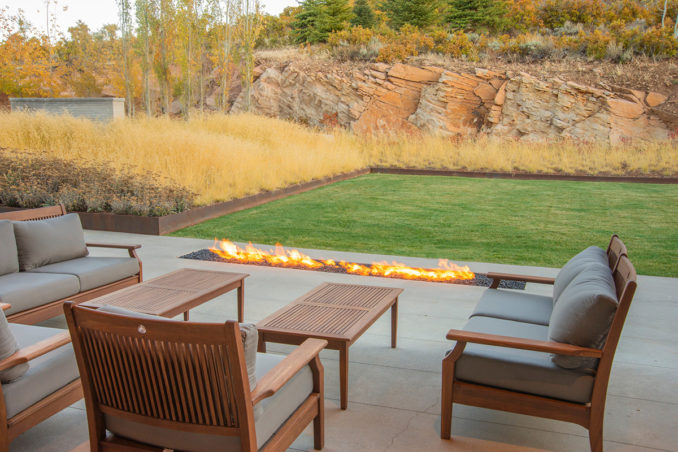
Image Credit: D.A. Horchner / Design Workshop, Inc.
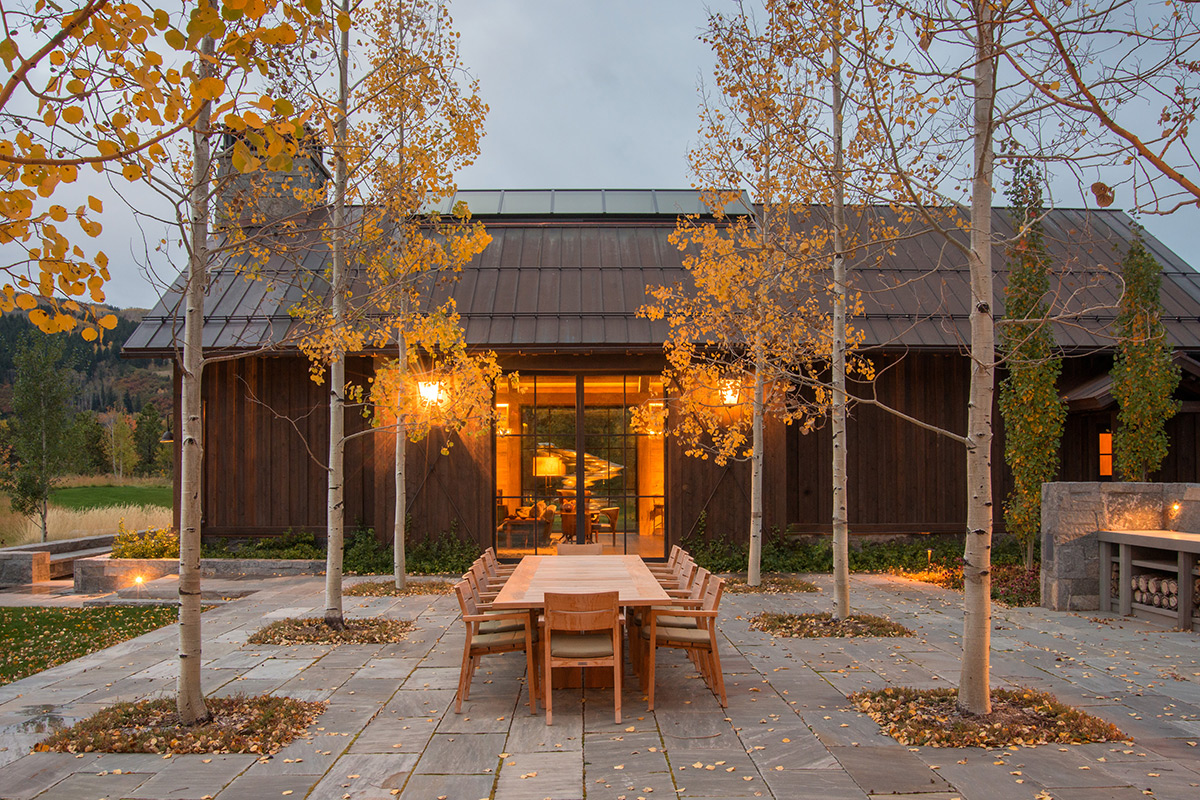
Image Credit: D.A. Horchner / Design Workshop, Inc.
Eating and Entertaining
- Outdoor Kitchens have become more popular as people want to entertain outside, especially during the hot months of the year when cooking inside may be too much hassle. These now include bbq’s, sinks, fridges, pizza ovens and much more.
- Bench Banquette seating (combined with a table or firepit) is an excellent way to entertain, relax or sleep under the stars.
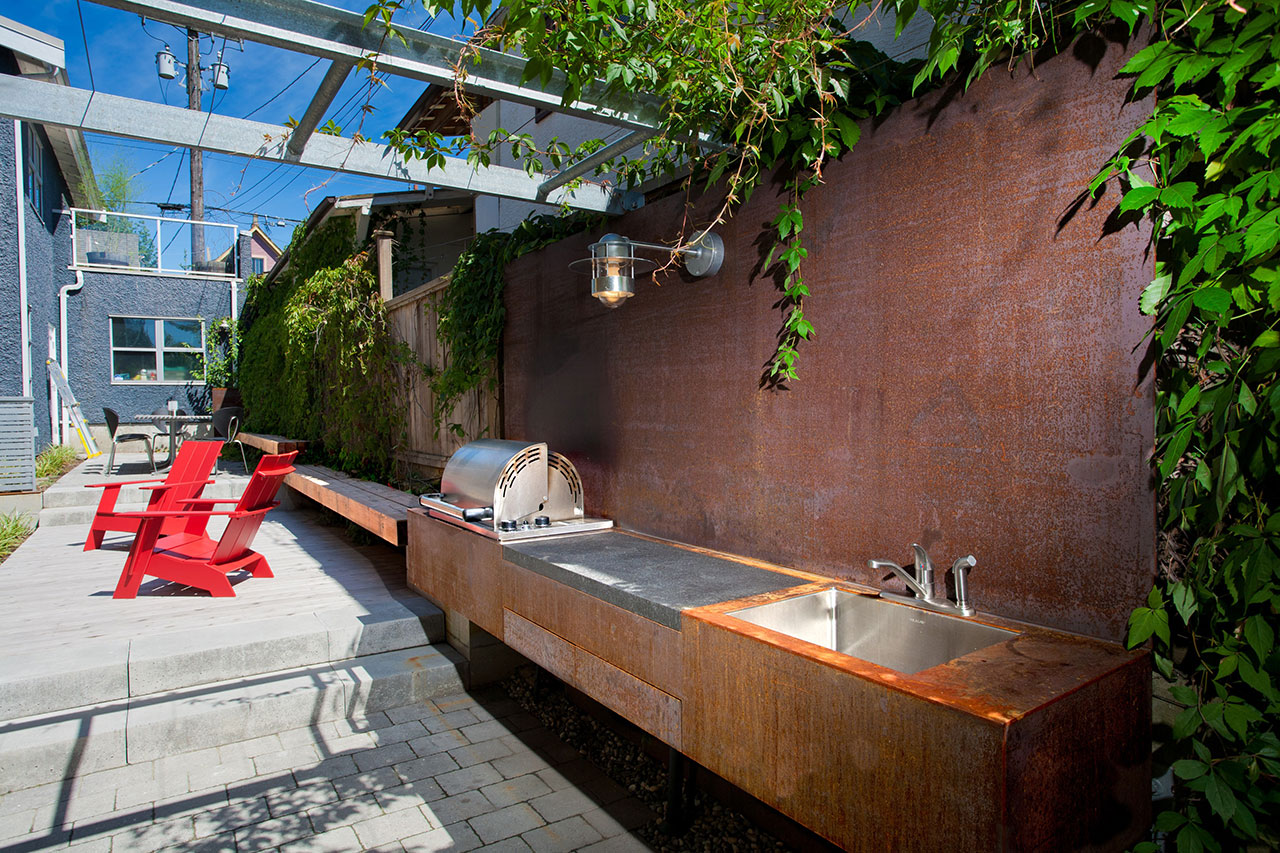
Photography: Martin Knowles Photography
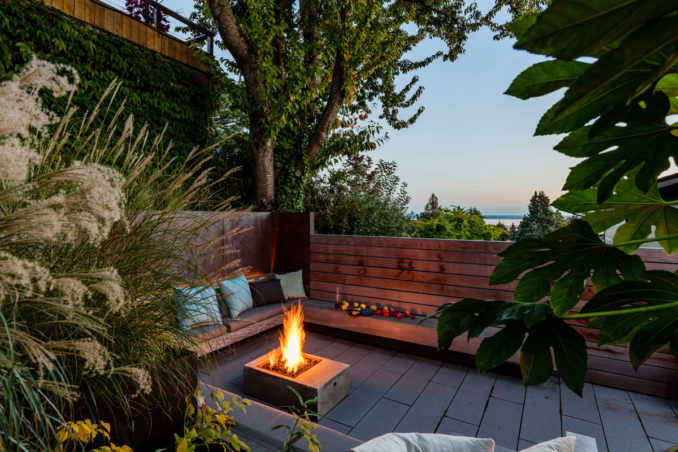
Image Credit: Miranda Estes
Increasing Use
All-weather
When the hot sun or rain comes out, everyone heads indoors. However, by having a covered are with a roof or louvres can extend the families time outside.
- A covered garden pavilion allows for a separate area away from the house that can be used as a classroom, office, dining room, or even late-night drinks with friends.
- A pergola with angled battens or moving louvres attached to the house makes it possible to extend the house into the outsides, creating an indoor-outdoor flow that so many families wish to experience.
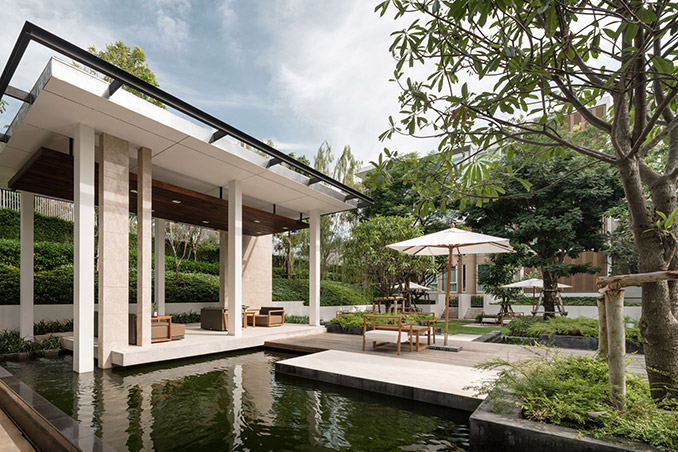
Photography Credit | W Workspace Co.,Ltd./ Rungkit Chareonwat / Landscape Architects 49
Shared Gardens
Shared gardens are more often seen in multi-resident developments; however, there are cases where several adjoining residences have removed fences or added low sliding gates to allow a sense of a bigger space and allowing children being able to explore and play or residents can come together as a small community in a bigger space.
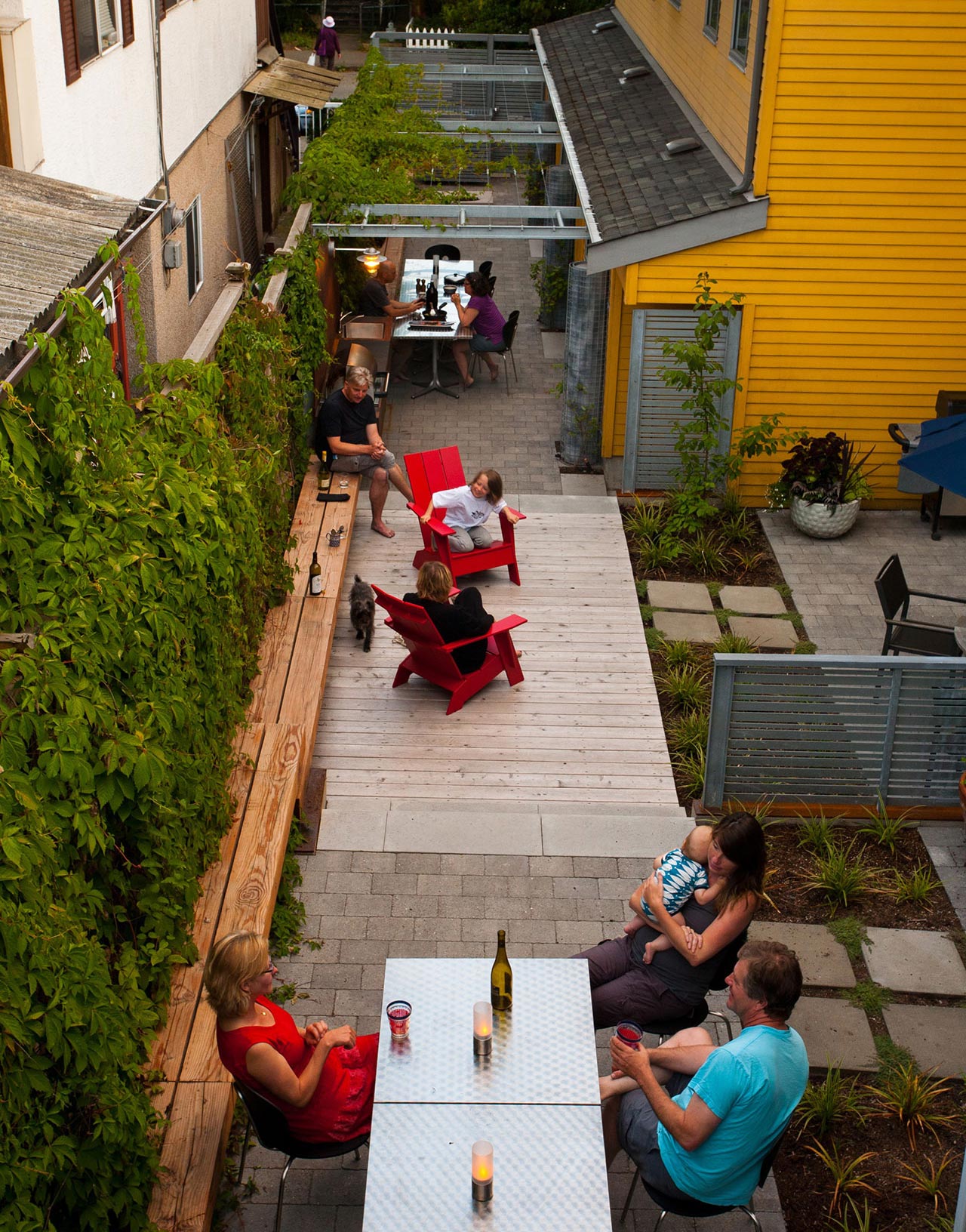
Photography: Martin Knowles Photography
Creating an Atmosphere
By creating yards for day and night allows for more time to be spent outside with family and friends.
- Lighting is key to optimising the use of a yard and can transform a space in an instant. Using lighting systems with various modes provides the opportunity to have a relaxing night in the garden or create a party atmosphere.
- Sound systems in the 2020s with Bluetooth speakers and Spotify it is easy to transform a yard into a party or exercise room.
- Fire pits – either wood or gas burning can allow families to use their yard for more months of the year.
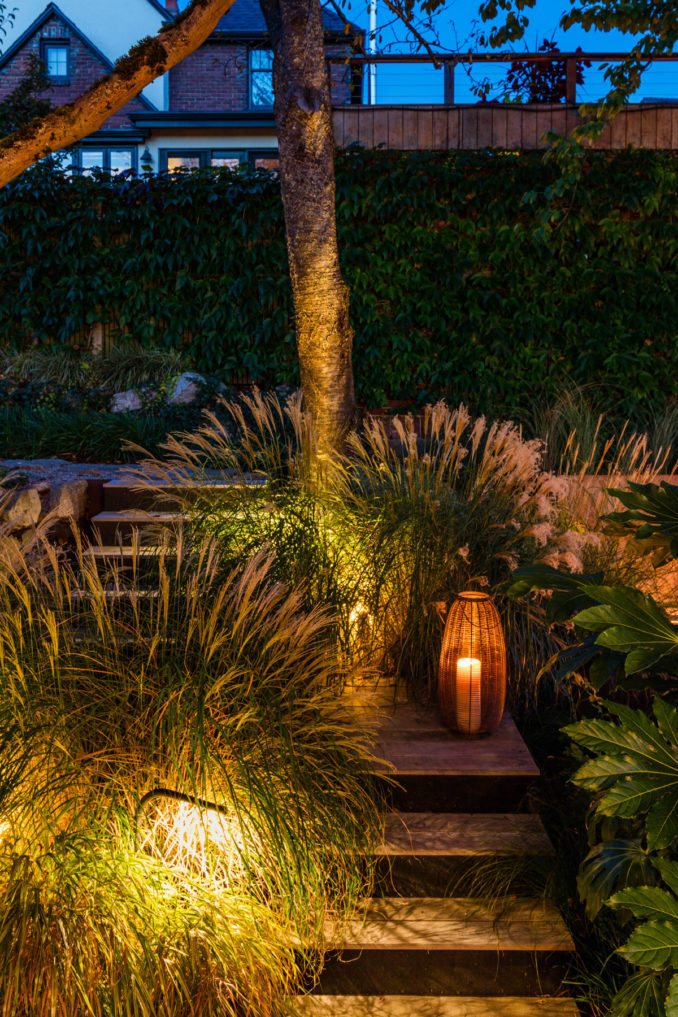
Image Credit: Miranda Estes
Creating greener yards
Plants are key to the design of residential yards
- Selecting the right plants for the yard and its various micro-climates can significantly improve the success of the space and reduce the maintenance requirements for residents.
- Plant selection is also vital in creating a biodiverse landscape. Although clients may wish for a monotone or monoculture landscape, it is our role to encourage them to think beyond their yards’ pure aesthetics.

Image Credit: Paul Hervey-Brookes Associates
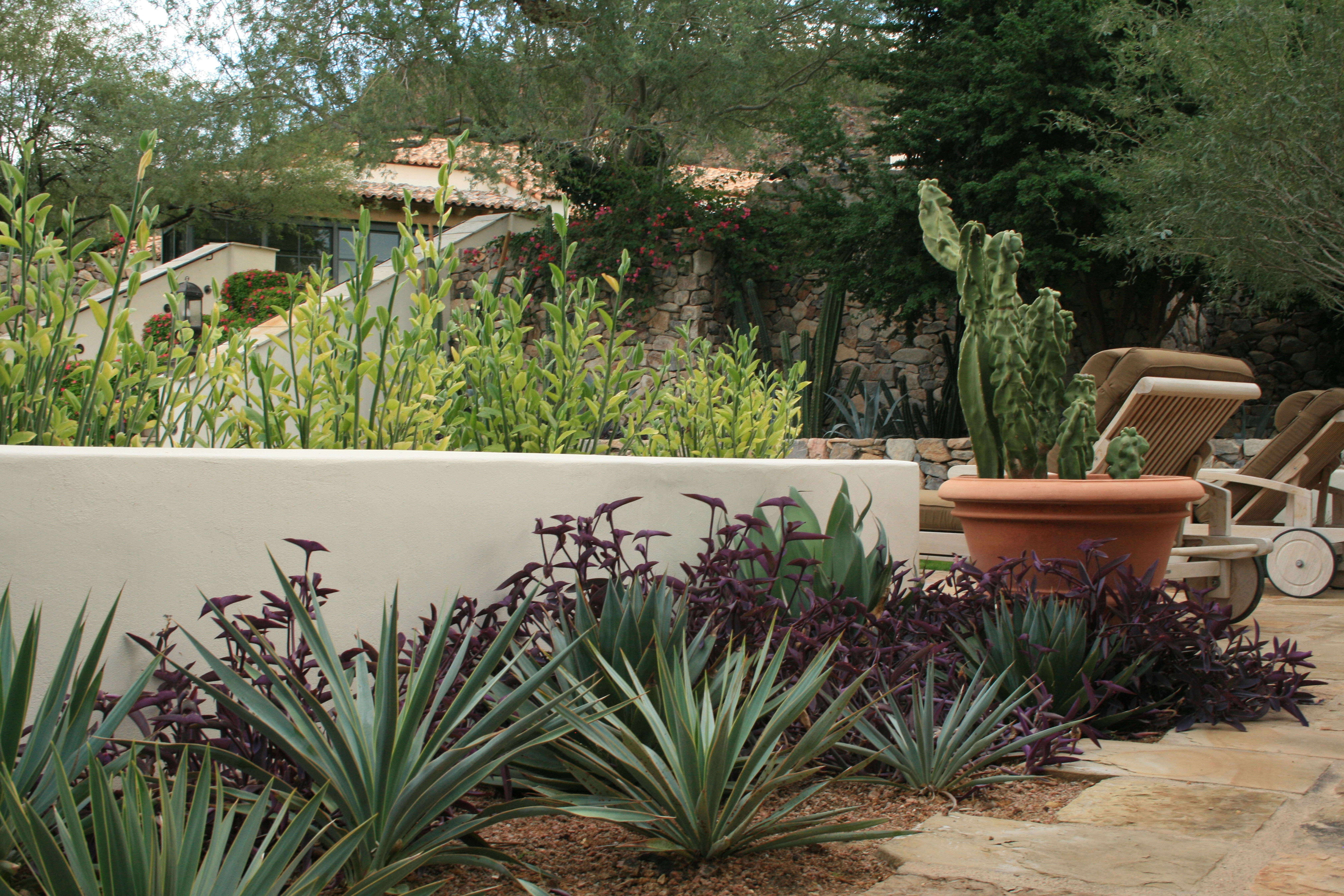
Image credit | Colwell Shelor Landscape Architecture
Water
- By integrating rain gardens, water storage (tanks, ponds, etc) we can reduce the water volume wasted by draining straight into pits, pipes and waterways.
- Locally stored water can be used for irrigation, water play, toilet flushing and more. (dependent on local codes and regulations)
- Water can be an ornamental element that also offers a cooling effect during the summer months and a habitat for various animals.
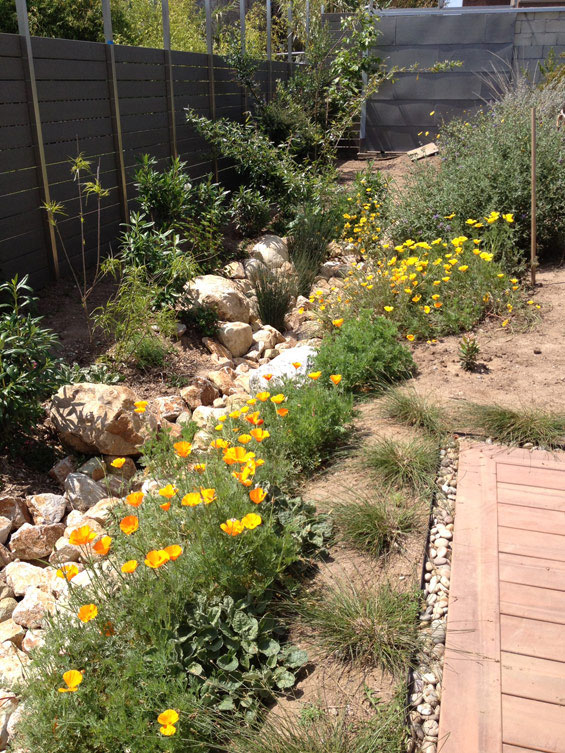
Photography: Augusta Quirk
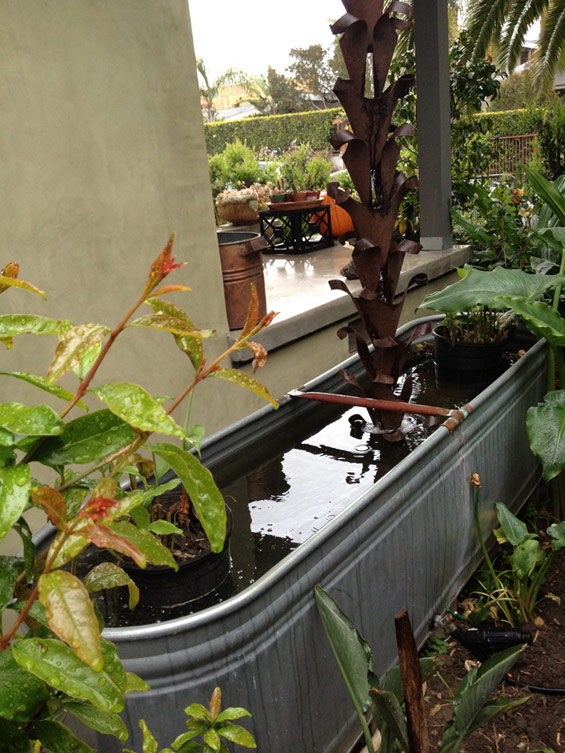
Photography: Augusta Quirk
Material Selection
- Through selecting materials such as gravels, cobbles, and mulches, we can create more porous landscapes that allow for water to enter the water table and reduce site runoff.
- By selecting local materials, we can reduce carbon emissions through transport and support local economies.
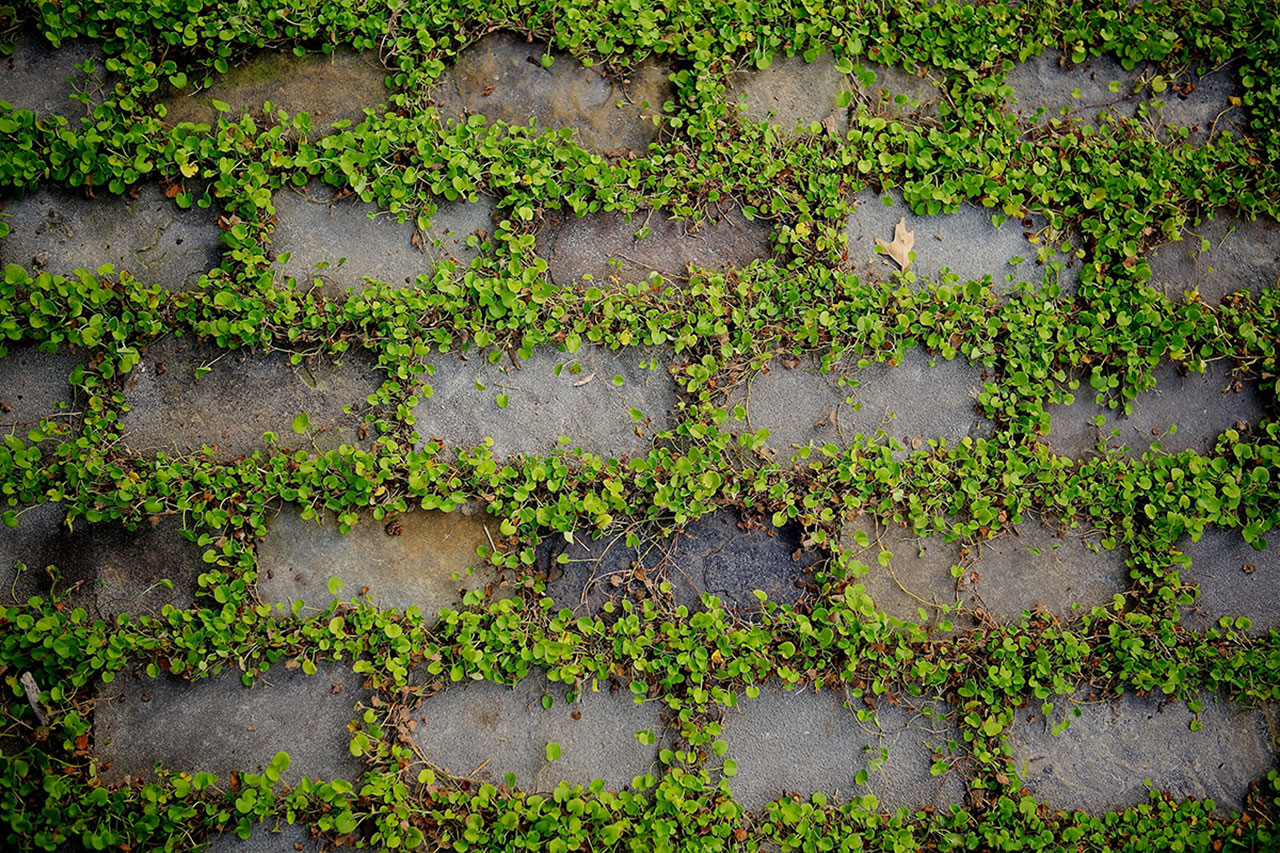
Image Credits | Adolfo Cantu-Villareal
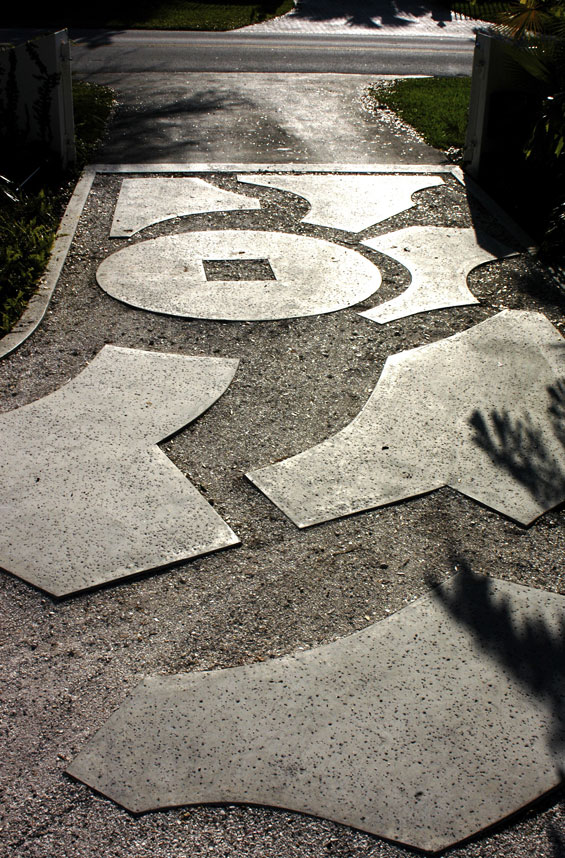
Photography credit: Cecilia Calleros
Overall, residential yards offer landscape architects many opportunities to create a greener, more diverse and education landscapes for residents.
These are some ways that landscape architects can allow people to rediscover their yards and create an oasis that will enable them to have more significant interaction with nature and friends and family. If you would like to discuss this topic, feel free to head over to the WLA LinkedIn page.
References:
[1] Private Gardens as Urban Greenspaces: Can They Compensate for Poor Greenspace Access in Lower Socioeconomic Neighbourhoods?
LANDSCAPE ONLINE 59: 1-18 (2018), DOI 10.3097/LO.201859
Leila Mahmoudi Farahani, Cecily Maller, Kath Phelan
RMIT University, Centre for Urban Research
Rediscovering residential yards article was written by Damian Holmes – Editor of World Landscape Architecture. To discuss this topic with the author to provide feedack via email damian@worldlandscapearchitect.com

